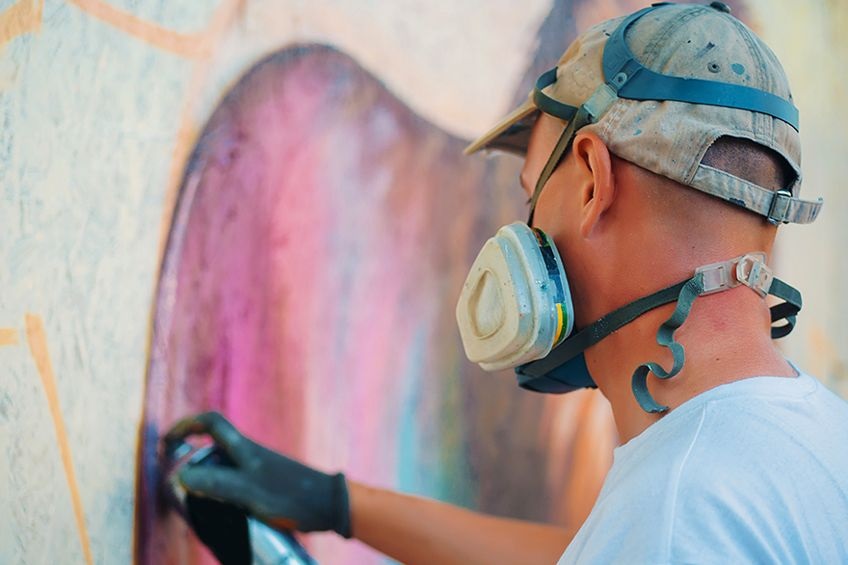Precision application of spray painting may provide professional-looking results since it is a versatile and effective approach. These five pointers will help you get the ideal spray painting finish whether you’re working on DIY projects outside, indoor décor, or furniture.
Set Up And Tidy The Area
An impeccable spray painting job starts with proper surface preparation. Make sure the surface is completely clean and free of any grease, dust, or grime. Make sure the surface is totally dry before adding paint after sanding it to achieve an even and smooth texture. Fix any flaws, including dents or scratches, to produce a polished final product.
Selecting The Appropriate Spray Paint
Choosing the right Spray Paint (สีสเปรย์, which is the term in Thai) is essential to getting the desired finish. Paint kinds suited to a job may be needed, such as primer for metal surfaces or enamel for furniture. Take into account the paint’s gloss, color, and intended use. Carefully read product labels to be sure the product will work for your project and produce the intended results.
Ideal Circumstances For Painting
Success with spray painting is greatly influenced by weather conditions. Pick a day with less wind, less humidity, and mild weather. Avoid painting in strong sunshine or excessively hot or cold temperatures since they might have an impact on the quality of the finish and the drying time. When you work in ideal weather, the paint will apply correctly and dry evenly.
Keep The Proper Distance And Angle
Keeping the spray can or gun at the proper distance and angle from the surface is essential to getting the ideal spray painting finish. Paint should be applied in smooth, overlapping strokes while the spray can or gun is held 6 to 8 inches away from the surface. For equal coverage and to avoid drips, keep the can or gun moving steadily. Before beginning the real project, try the best distance and method on a test surface.
Use The Right Method
To get professional-looking results, you must hone your spray painting technique. Spraying should begin before the item and extend past it to prevent uneven application at the margins. Keep your hand steady and use the same amount of pressure and pace throughout to avoid swaying or unevenness. Practice on a scrap surface first to ensure you have a good feel for the tools and can paint the job with precision.
To Conclude
You may take your do-it-yourself projects to the next level by following these five suggestions and implementing a good technique and planning into your spray painting regimen.




